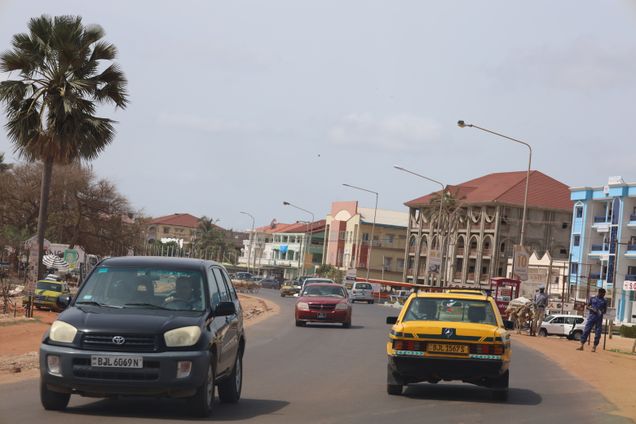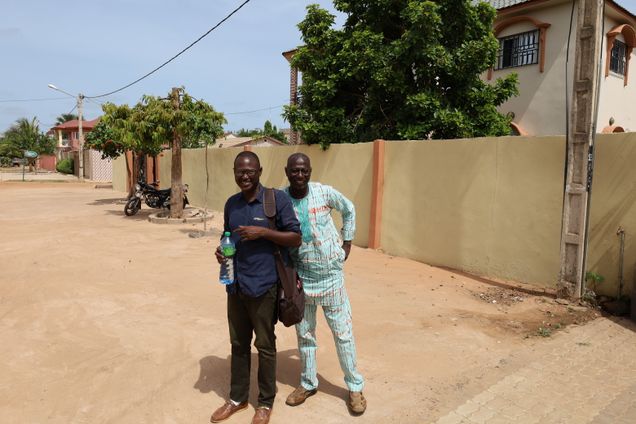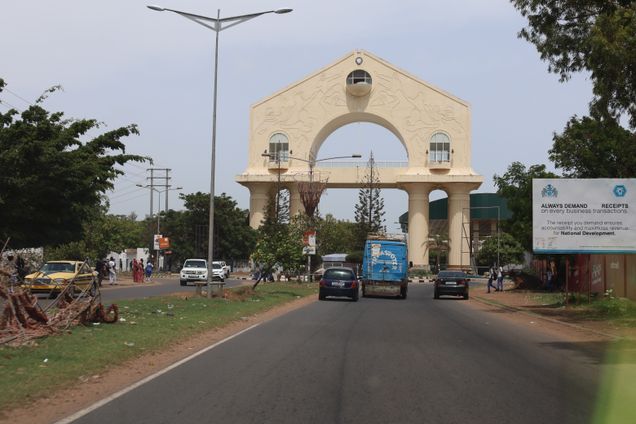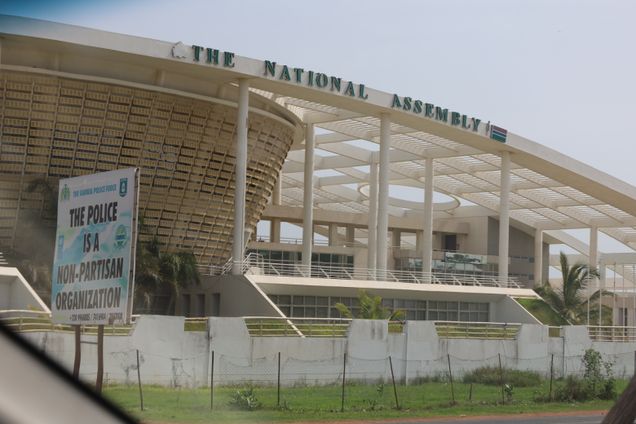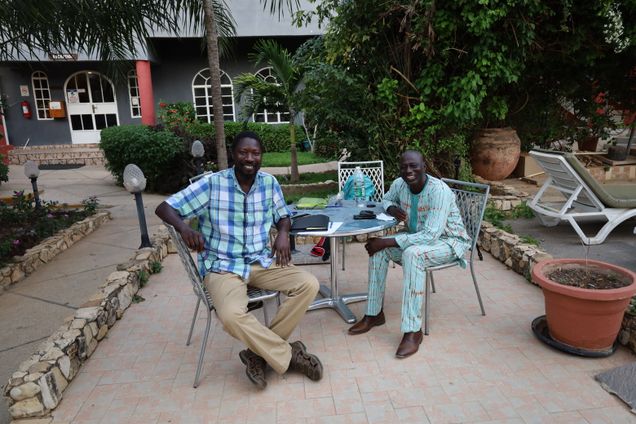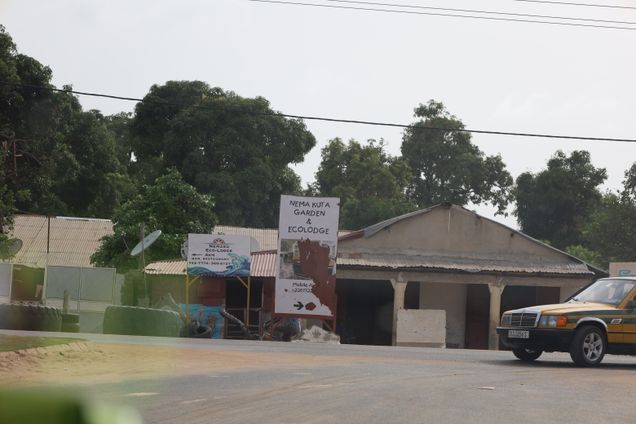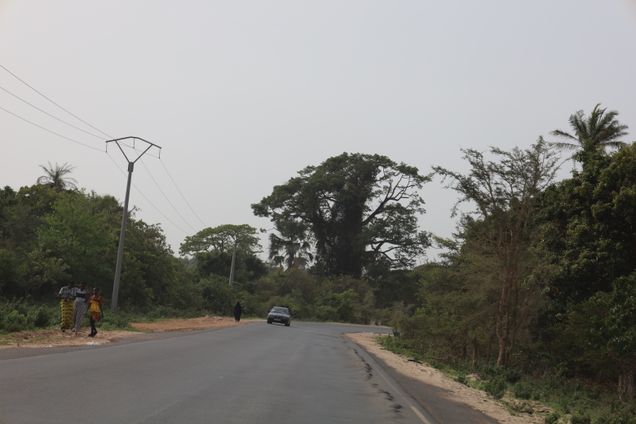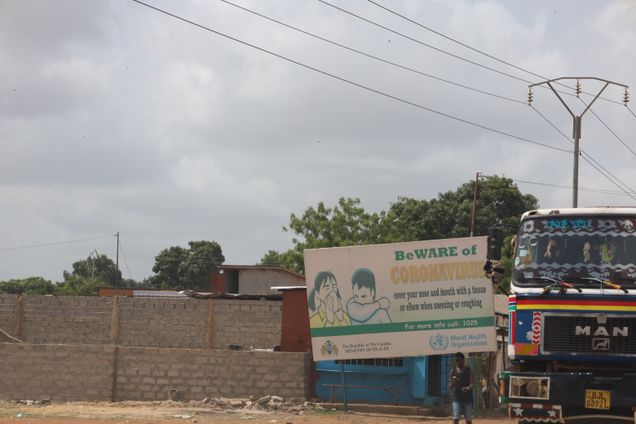Unit 2: Lamin Dampha
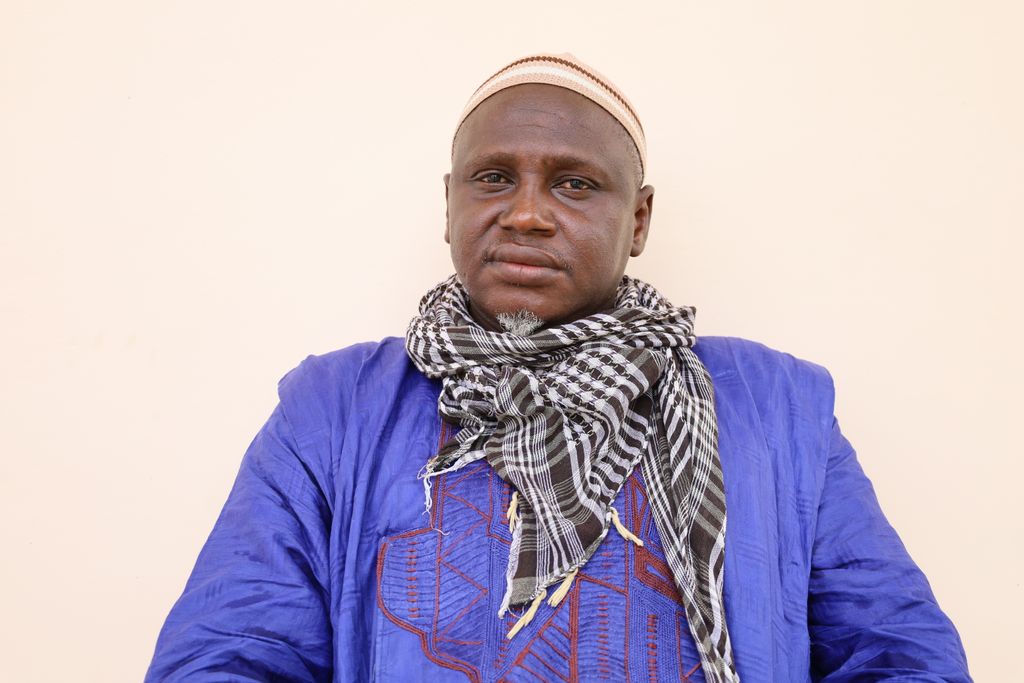
Metadata
| Title | Conversation with Lamine Dampha |
| Interviewer | Ablaye Diakite, Fallou Ngom, Bala Saho |
| Subject | Islamic education, Quranic teachings, learning and using Mandinka Ajami |
| Content | Lamin Dampha was born and raised in 1978 in Jaara-Japine, located in the South Bank region of The Gambia. He had his Quranic and advanced Islamic education at the school of his father in Japine. He started using Mandinka Ajami after he mastered the Arabic alphabet in the Quranic school. He was taught the grassroots version of Mandinka Ajami by his father, and he speaks both Mandinka and Arabic. He serves now as a Quranic teacher and imam in Japine. In this interview, Mr. Dampha discusses how children are taught the Quran at the school where he teaches. He also talks about his everyday use of Mandinka Ajami in communication with friends and family members, and in professional communication and letter writing. Mr. Dampha also discusses some historical documents written in Mandinka Ajami that he has collected, and their broader significance. |
| Language | Mandinka |
| Script | Mandinka Ajami |
| Location | Brusubi, Serrekunda, the Gambia |
| Pedagogical content/application | Includes relevant linguistic, stylistic and cultural skills as identified in our assessment guidebook/ ACTFL guidelines |
| Access condition and copyright | These materials are subject to copyright and are distributed under the terms of the Creative Commons Attribution-NonCommercial 4.0 License, which permits non-commercial use, distribution, and reproduction in any medium, provided the original author and source are credited. For use, distribution or reproduction beyond these terms, contact Professor Fallou Ngom (fngom@bu.edu). |
| Contributors | Fallou Ngom, Daivi Rodima-Taylor, Bala Saho, Ablaye Diakite, Mamadou Aw Ndiaye, Ousmane Cisse, Alison Parker, and Frank Antonelli. |
| Required citation information | Fallou Ngom (PI), Daivi Rodima-Taylor, Bala Saho, Ablaye Diakite, Mamadou Aw Ndiaye, Ousmane Cisse, and other contributors. 2022. “Conversation with Lamin Dampha.” https://sites.bu.edu/ria/mandinka/mandinka-unit-2/ |
Videos
Mandinka with English Subtitles
Mandinka with Latin Script Subtitles
Community Images
(click on the image for a larger view)
Pedagogical Activities
Glossary
- Alkuraanoo: The Quran
- Almaamoo: Imam
- Banku, bankoo: Earth, land, country
- Basoo: A sitting or praying mat made from straw or tree leaves
- Birikaama, Brikama: The second biggest city in The Gambia
- Bulu, buloo: Hand
- Bundaa: Door, entrance, gate
- Cosaano, aadoo: Culture, history, tradition; from Wolof cosaan
- Deemalaa: Hunter, fisherman (ñee deemalaa)
- Deemoo: Hunting
- Dimbaa: Fire
- Dimiŋo: Wound
- Dindiŋ, dindiŋo: Child
- Dinkiraa: Area, place, district, region, location
- Dookuulaa: Worker
- Dookuwo: Job, occupation, work
- Dulaa: Place, area, venue (pl. dulaalu)
- Faamaa: Father
- Fikka, fikkoo, fika: Islamic jurisprudence, from Arabic fiqh
- Fitiri, fitiroo: Dusk
- Jaarari dulaa: Hospital, medical clinic, treatment place
- Jankari diŋo: Virus, microbe
- Jankari, jankaroo: Disease, illness
- Ka a baŋ, ka i bandii: To finish, end, complete something, to be done.
- Ka a fahamu: To understand, master something
- Ka a foloo: To start, begin, from foloo (beginning, first)
- Ka a janjandi: To spread, scatter, extend
- Ka a jiibee, juubee: To look at, see, check, verify, inspect something
- Ka a kii: To send
- Ka a kili: To call, name someone
- Ka a malaa: To light, burn, turn on, switch on something
- Ka a safee: To write something
- Ka a samba: To take something away
- Ka a sene: To farm, cultivate something
- Ka a soto: To obtain something, have something
- Ka a tambindi: To cause someone to pass, make someone pass
- Ka a tara: To find, discover
- Ka funti: To go out, leave
- Ka jiyaa: To lodge, stay at a place
- Ka mee: To last, take a long time
- Ka naa: To come
- Ka sii: Sit down
- Ka tambi: To go beyond, pass
- Ka wuluu: To give birth, deliver
- Karandiroo: Teaching, instruction
- Karantaa: Quranic school, learning place
- Kayiti, kayitoo, kaytoo: Paper, document
- Kibaari taamansee: Advertisement, poster
- Kono, konoo: Stomach, belly, inside
- Konoo dimiŋo: Stomachache
- Kontoŋo: Lunch
- Koridaa: House, compound
- Kuntiyo: Leader, chief, head
- Kuŋ dimoo: Headache
- Kuŋo: Head
- Luulu: Five
- Luulunjaŋo: Fifth
- Maafaŋ, maafaŋo: Area, side
- Mansa, Mansoo: King
- Nene: Once, ever. When used with the negative marker maŋ = never
- Saatee: City, town, village
- Saba: Three
- Sabanjaŋo: Third
- Sanji, sanjoo: Raindrop, year
- Senelaa: Farmer
- Senoo: Farming
- Somondaa: Morning
- Suutee: Identify, decipher, recognize
- Suwo: House, home, dwelling
- Taaliboo: Student, disciple, learner, from Arabic (ṭālib)
- Taama: To travel, visit
- Taariikoo, taarikoo: History, chronicle, from Arabic tārīkh
- Taŋ: Ten
- Tilibuloo: Afternoon
- Too: Name
- Wuraaroo, wulaaroo: Evening time
Notes
- Islaamik Kansuloo: From English “Islamic Council.” This is an organization created to coordinate and regulate the activities and programs of Muslim scholars and preachers across The Gambia.
- Kammoo: The celebration of the birthday of Prophet Muhammad, called Mawlidu al-Nabī in Arabic. Kammoo is celebrated in the evening in Senegambia with recitations of Arabic and Ajami poems celebrating the virtues and legacy of Prophet Muhammad. It is a night of prayers, celebration, and festivities.
- Walaa: Wooden tablet used at the initial level of Quranic education. On these tablets, teachers write Quranic lessons for students who then memorize them, learning to write and read verses from the Quran. After this initial phase, they begin to study books in other domains, including jurisprudence, Arabic grammar, and numerology.
Exercises:
Comprehension || Writing || Listening / Speaking and Conversation || Cultural Competence
Comprehension: Video
Comprehension: Image
Writing
Listening / Speaking and Conversation
- Podkastoo niŋ Widewoo: Podkastoo ke ñiŋ widewoo kaccaa-kuma-kaŋoolu kunna, waraŋ i ye widewoo sutuŋoolu ke minulu be widewoo la kaccaa-kuma-kaŋoolu koyindi la.
Cultural Competence
- Teyaataroo safee aniŋ Mandinka safeeri-kuloolu la muŋ be aada kummaayaariŋo yitandi la.
